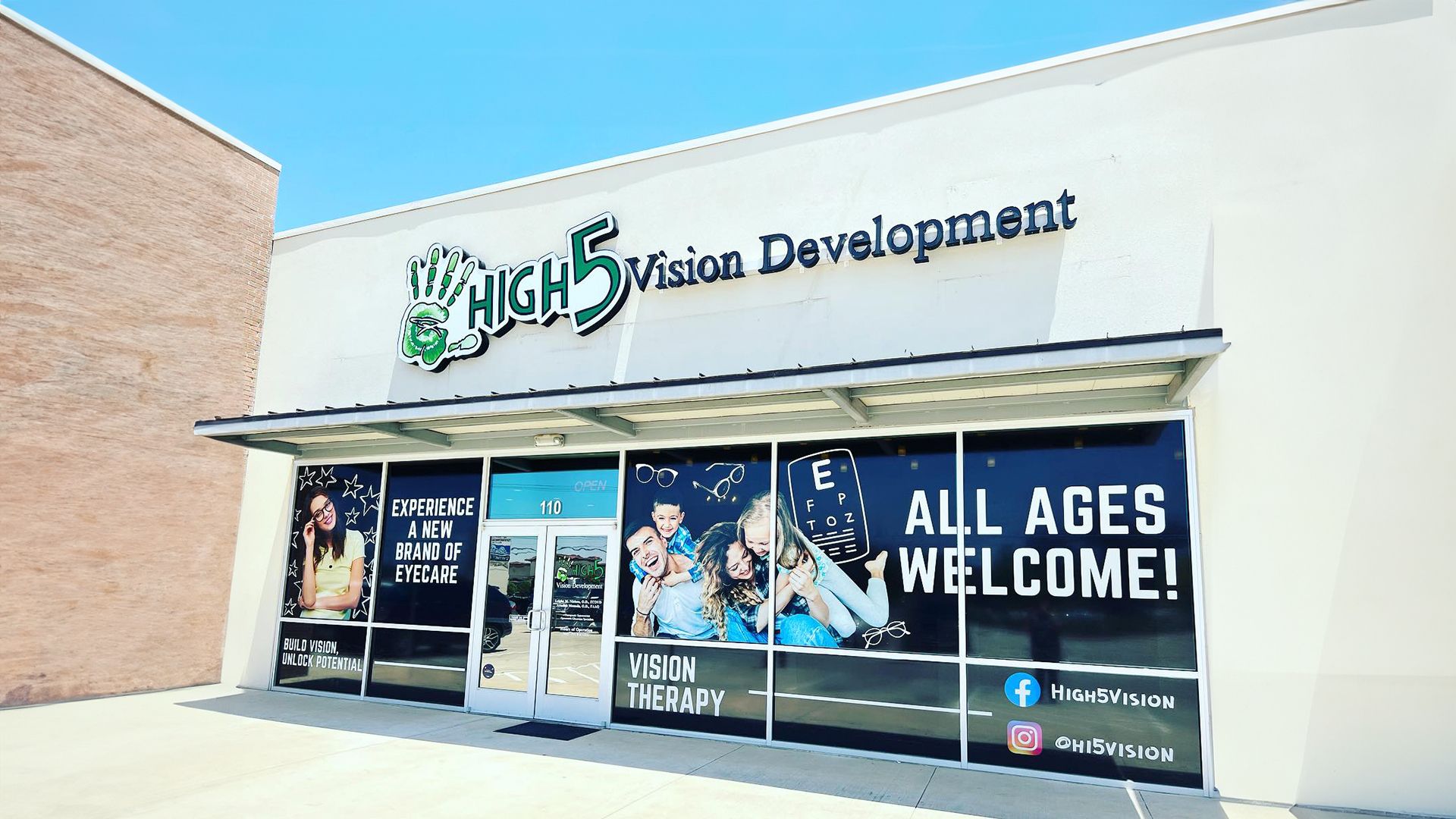An accelerated development of the visual system through a carefully designed one-on-one therapy program provided by our clinical team.

CHANGING WHAT TO EXPECT FROM AN EYE EXAM
Serving the New Braunfels area for your vision needs since 2018. Whether you need an eye exam, some new lenses, or vision therapy, we would love to help.
Our highly-rated team specializes in eye care and vision therapy for all ages. Come see what makes us different.
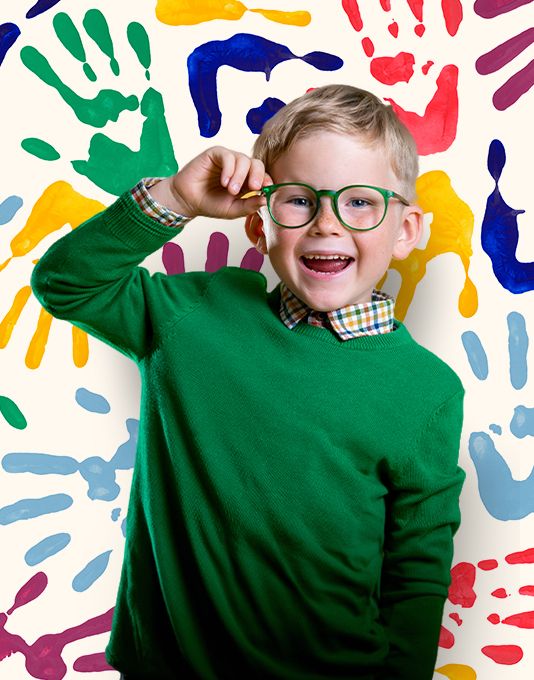

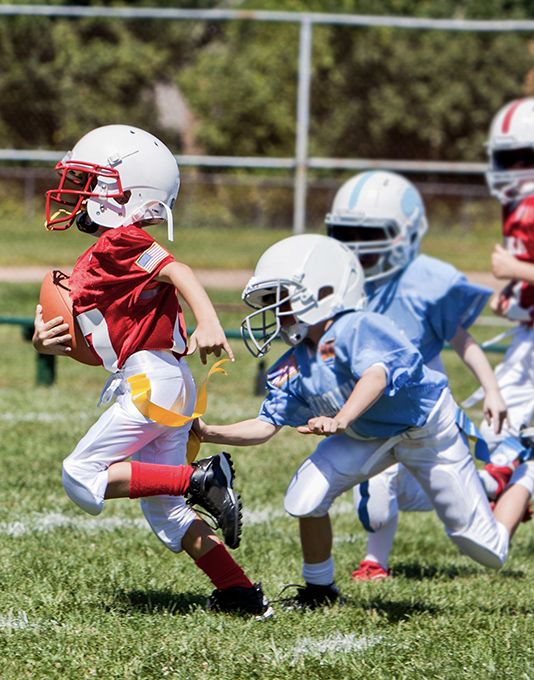

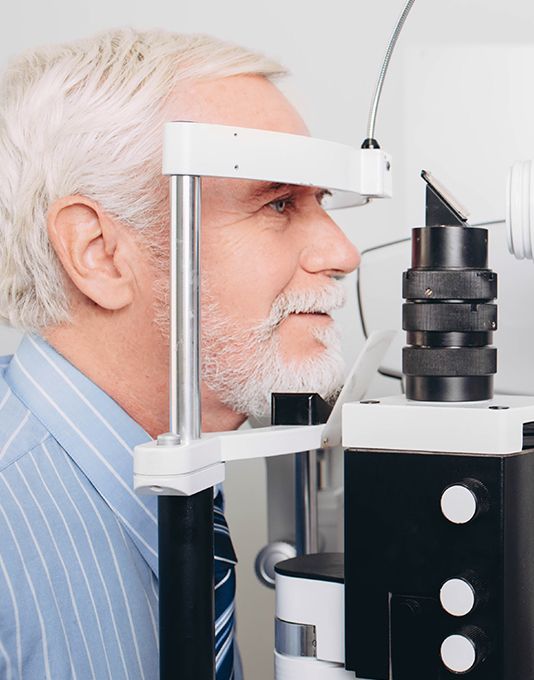
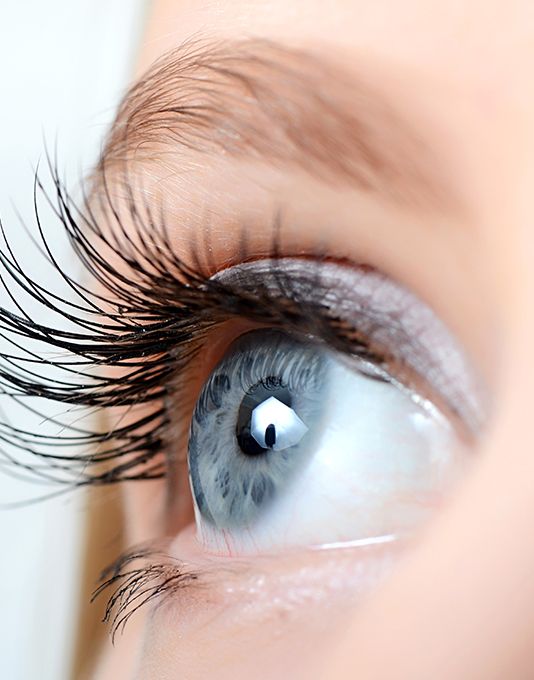

Myopia Management
Myopia is a common eye condition. It's most frequent symptom is nearsightedness, or the inability to see objects clearly at a distance. The reason objects are blurry in the distance with nearsightedness is because the eye becomes longer as the child grows.

Neuro Optometry
Evaluation and treatment for patients whose visual performance is compromised due to stress, age, concussion, or traumatic brain injury (TBI).

Pediatric Optometry
Eyecare for our youngest patients starting at age 6 months. Includes assessment of visual development, preventative care, and specialty treatment.

Primary Eyecare
Comprehensive eye health and visual performance evaluations for patients of all ages backed by our expert clinical approach.

Medical Eyecare
Our medical eye care service covers a range of conditions including glaucoma, cataracts, dry eye, and diabetic retinopathy.
Unique Treatments Tailored to Your Unique Eyes Click below to learn more
THIS IS WHAT 20/20 VISION CAN LOOK LIKE
Most people don't realize that you need 17 visual skills to succeed in reading, learning, sports, and life! The ability to clearly identify a letter's shape from 20 feet away is not enough.

WHO NEEDS VISION THERAPY?
Nearly 1 in 10 children in any given classroom struggle with a binocular vision problem. Because up to 80% of a child’s learning in school is through vision (or visual skills), this can cause serious problems.
Vision Therapy isn't just for kids—it's for adults too! Whether you're struggling with eye strain, double vision, or focusing issues, our personalized programs can help.

MeetLeigha M. Nielsen, OD, FCOVD
We provide the highest quality optometry services and compassionate eye care to ensure you and your family is healthy and happy.
Meet our skilled, compassionate team committed to providing exceptional care for you and your family.

